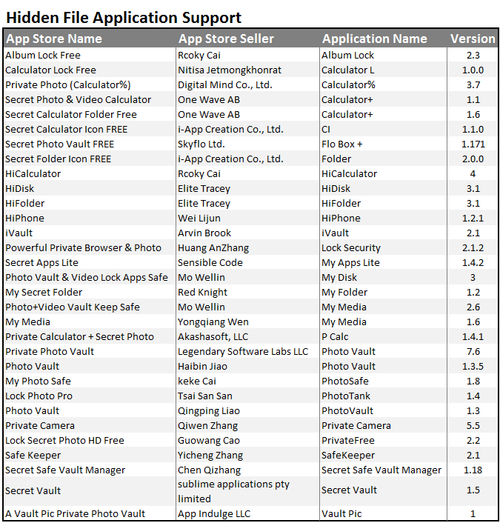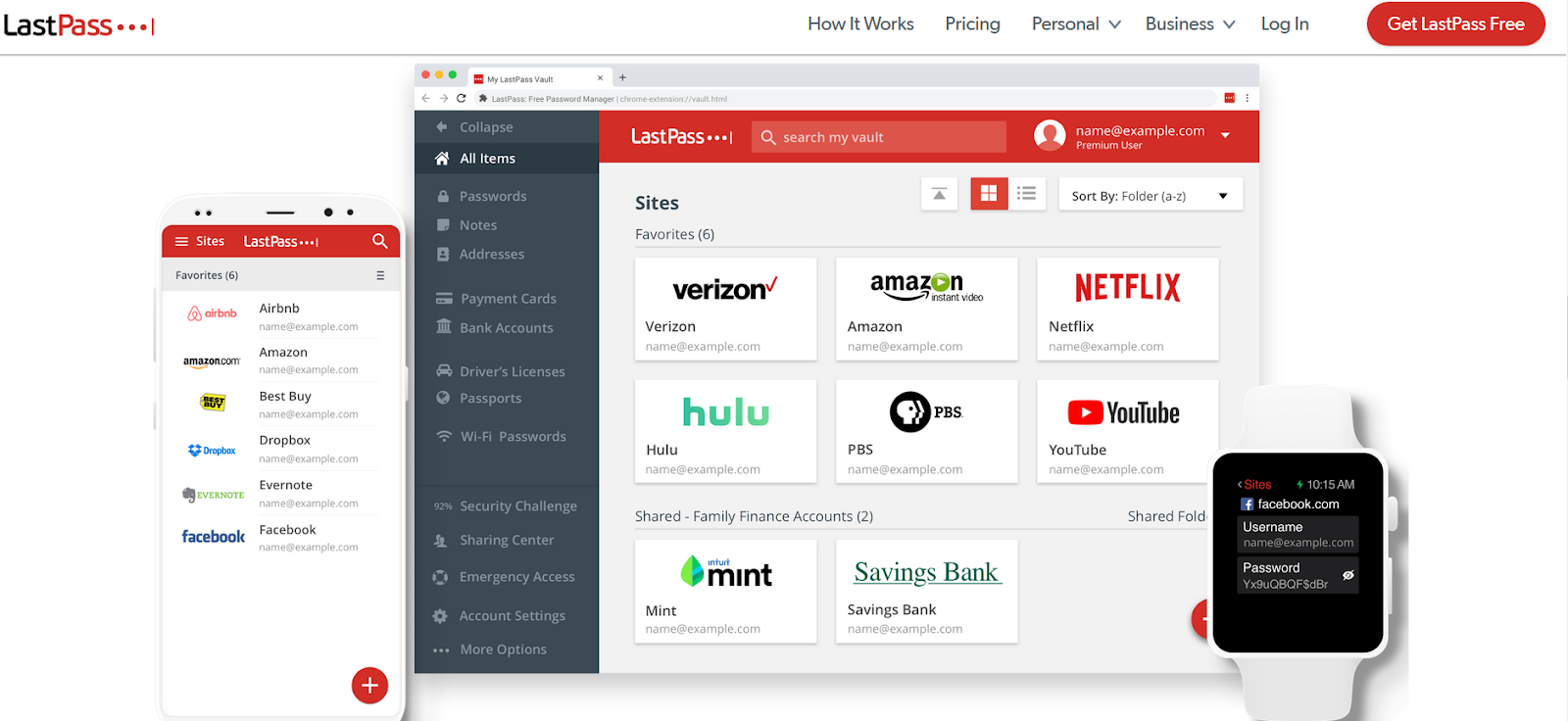
FileVault is an excellent tool to protect your Mac’s drive when it’s shut down. When FileVault is active, someone powering up your machine cannot gain access through any means to the encrypted data on your startup volume without knowing the password of one of your accounts.


(FileVault also enables full-disk encryption on Intel Macs without a T2 Security Chip. All T2-equipped Macs starting in 2017 and all M1 Apple silicon Macs have FDE always enabled.)
When you turn on FileVault, macOS prompts you about a critical backup element, the FileVault Recovery key. You can choose to store it in escrow and securely via iCloud. Then you just need your iCloud account, password, and second-factor (like a trusted device) to regain access if you ever find yourself locked out of your Mac, where an account password ceases to work.
But you can also opt to track the Recovery Key yourself, as I describe in this column from 2018. However, a reader asked a question that can result if you disable and re-enable FileVault—which takes just seconds with a T2-equipped or M1 Mac—or migrate to a new Mac. This might leave you with multiple Recovery Keys you’ve noted over time.
If you haven’t carefully tracked your Recovery Key, you could wind up being unsure which is accurate for your current Mac and FileVault encryption setup. There’s fortunately an easy way to check.
- SG Gallery is a Google Play verified file hide and true encryption app that can create a vault in your phone and store your encrypted files safely in the vault. With the help of SGallery app, you can encrypt your files through AES encryption algorithm, and no one can lay their hands on your encrypted files inside or outside your phone even when.
- Reboot your Mac and hold Command-R at the startup sound to get to Recovery Mode. Open Disk Utility in the OS X Tools panel. Select your boot drive in the sidebar. Click the Unlock button, and then supply your FileVault password to unlock the drive.
- Launch Applications > Utilities > Terminal.
- Type exactly the follow and press return:
sudo fdesetup validaterecovery - The
sudocommand warns you about the dangers of this “superuser” mode if it’s the first time you’ve used. Enter your password (you must be using an administrator account), and press Return. - At the “Enter the current recovery key:” prompt type or paste in the Recovery Key and press Return.

You will see true if the Recovery Key the current key; false if not. If you get the latter and you typed rather than pasted in your Recovery, consider you might have mistyped it and try again.
There are plenty of iPhone photos vault apps, including the Private Photo Vault, Secret Calculator, App Locker, and NQ Vault. They are very helpful to protect secret pictures and files using a PIN, a pattern or a Touch ID. However, there is a possibility that people may forget the password to bypass the photo vault apps on iPhone. APFS Mac Image Decryption Process. We will illustrate how to use Magnet AXIOM to decrypt APFS FileVault 2-Enabled Mac images and extract macOS artifacts easily. It’s important to emphasize that forensic examiners will need to confirm that they have sufficient space for the encryption process to work correctly.
If you didn’t enter the key in exactly the format that they’re provided in, the app will note “Error: not a valid recovery key.” Try re-entering.

If none of your keys prove valid, you should immediately disable and re-enable FileVault, following the instructions in this column under the heading, “No record of Recovery Key.”
Apple
This Mac 911 article is in response to a question submitted by Macworld reader Austé.
Ask Mac 911
We’ve compiled a list of the questions we get asked most frequently along with answers and links to columns: read our super FAQ to see if your question is covered. If not, we’re always looking for new problems to solve! Email yours to mac911@macworld.com including screen captures as appropriate, and whether you want your full name used. Not every question will be answered, we don’t reply to email, and we cannot provide direct troubleshooting advice.
Jadakiss we gonna make it. If you don't already have a current backup of all data, back up before proceeding. There are ways to back up a computer that isn't fully functional. Ask if you need guidance.
Start up in Recovery mode. When the OS X Utilities screen appears, select Disk Utility.
In the Disk Utility window, select the icon of the startup volume from the list on the left. It will be nested below another disk icon, usually with the same name. Click the Unlock button in the toolbar. When prompted, enter the login password of a user authorized to unlock the volume, or the alternate decryption key that was generated when you activated FileVault. Change whatsapp notification sound on desktop.
Then, from the menu bar, select
File ▹ Turn Off Encryption
Enter the password again.
Decrypt Old Vault App Files Mac Download
You can then restart as usual, if the system is working. Decryption will be completed in the background. It may take several hours, and during that time performance will be reduced.
If you can't turn off encryption in Disk Utility because the menu item is grayed out, you'll have to erase the volume and then restore the data from a backup. Select the Erase tab, and then select
Mac OS Extended (Journaled)
from the Format menu.
You can then quit to be returned to the main Recovery screen. Follow these instructions if you back up with Time Machine. If you use other backup software, follow its developer's instructions.
Don't erase the volume unless you have at least two complete, independent backups. One is not enough to be safe.
Decrypt Old Vault App Files Mac Free
Jun 22, 2015 6:08 AM